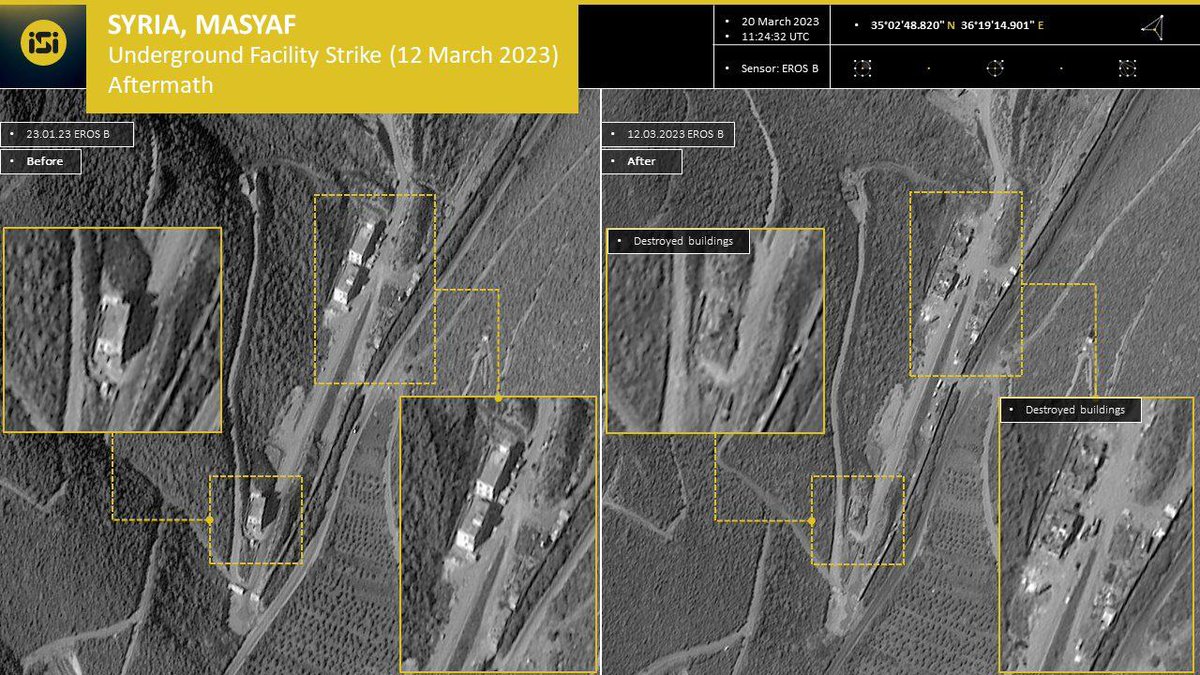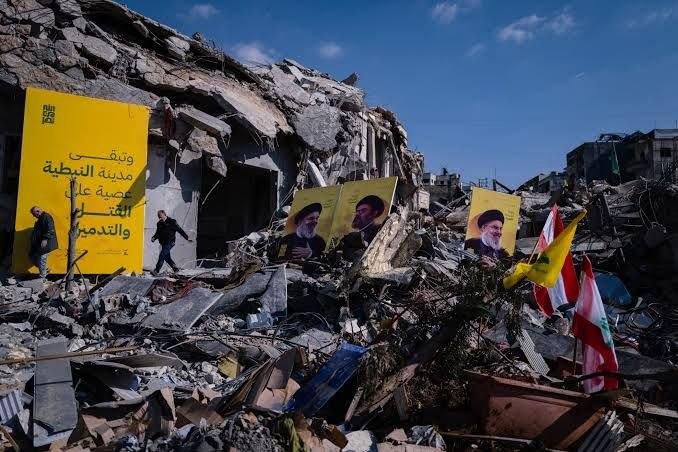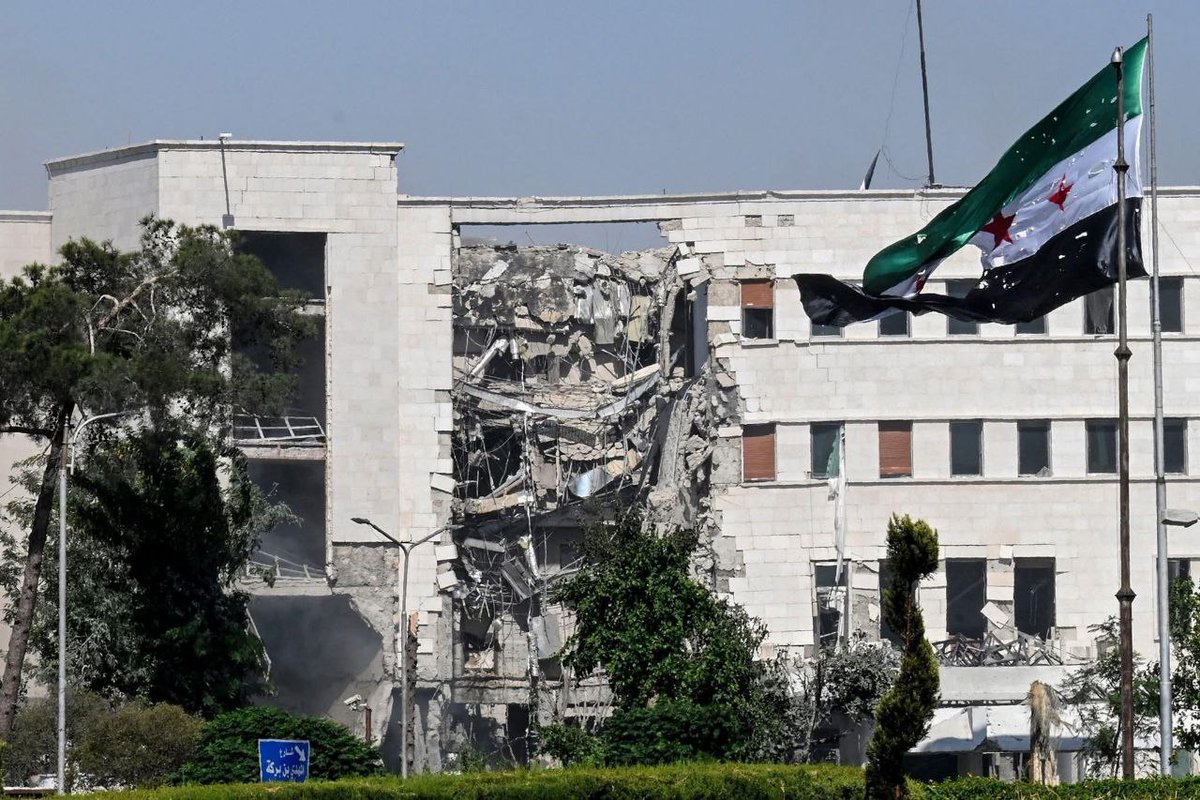#EXCLUSIVE #Israel #Syria #Iran #IRGC #Hezbollah
Last Thursday night, around 11:00, residents of western and central Syria heard the sounds of a large number of huge explosions in the direction of the Masyaf area near the Syrian-Lebanese border. These explosions were not the only thing that happened in Masyaf this evening.
1 🧵

Last Thursday night, around 11:00, residents of western and central Syria heard the sounds of a large number of huge explosions in the direction of the Masyaf area near the Syrian-Lebanese border. These explosions were not the only thing that happened in Masyaf this evening.
1 🧵


Α security source confirmed to me that last Thursday evening, special forces from the |#IDF carried out a special operation against a military facility belonging to the #IRGC, six kilometers southwest of the Syrian city of Masyaf.
2/


2/


The operation began with an air strike targeting a number of roads leading to the military facility, in addition to a headquarters affiliated with the Syrian military security and the facility’s security points. Then, Israeli military helicopters carrying Israeli special forces moved towards the facility, supported by combat helicopters and drones, to prevent any forces from the Assad regime from reaching the area.
3/
3/
The operation lasted for about an hour, during which the Israeli special forces were able to enter the facility, withdraw important equipment and documents, mine the facility from the inside, then destroy it and withdraw under air cover through fire belts surrounding the site, to prevent any air movements by Assad's warplanes.
4/
4/
The targeted facility is directly affiliated with the #IRGC and is responsible for developing ballistic missiles and drones and provides logistical support to the #Hezbollah militia in #Lebanon. The facility has been operating for more than ten years and was subjected to Israeli air strikes last year.
5/
5/
This special operation in #Syria is considered an important development in the recently escalating scene in the Middle East. It is certain that what happened in Masyaf will become more clear in detail as the days pass and may be an indication of the imminence of a new escalation, whether on the Syrian or Lebanese arena.
6 🧵
6 🧵
Note: I mistakenly wrote "last Thursday". The operation was held on Sunday, September 8 at 11.00pm.
• • •
Missing some Tweet in this thread? You can try to
force a refresh










